-
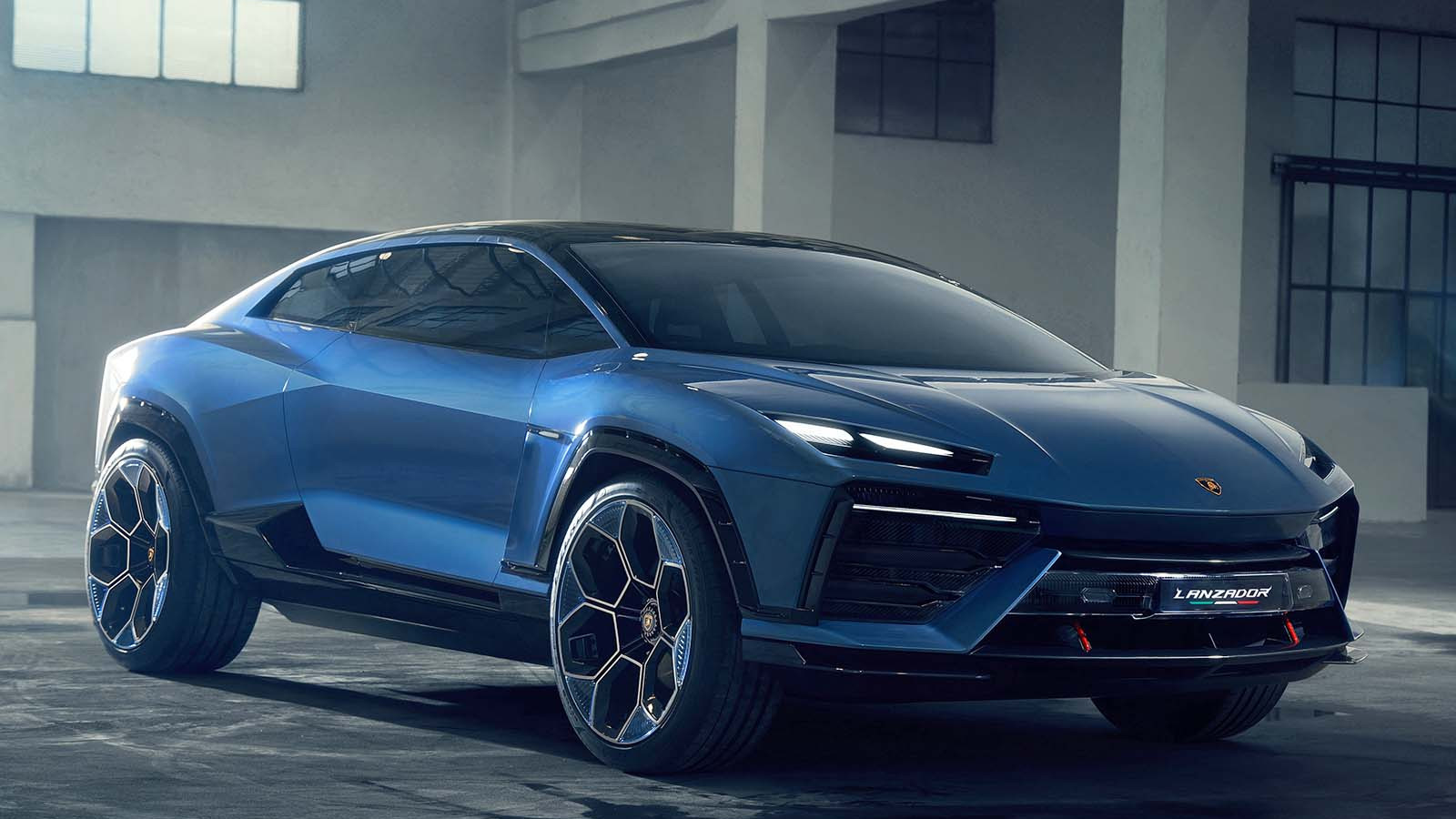 © Lamborghini
© Lamborghini -
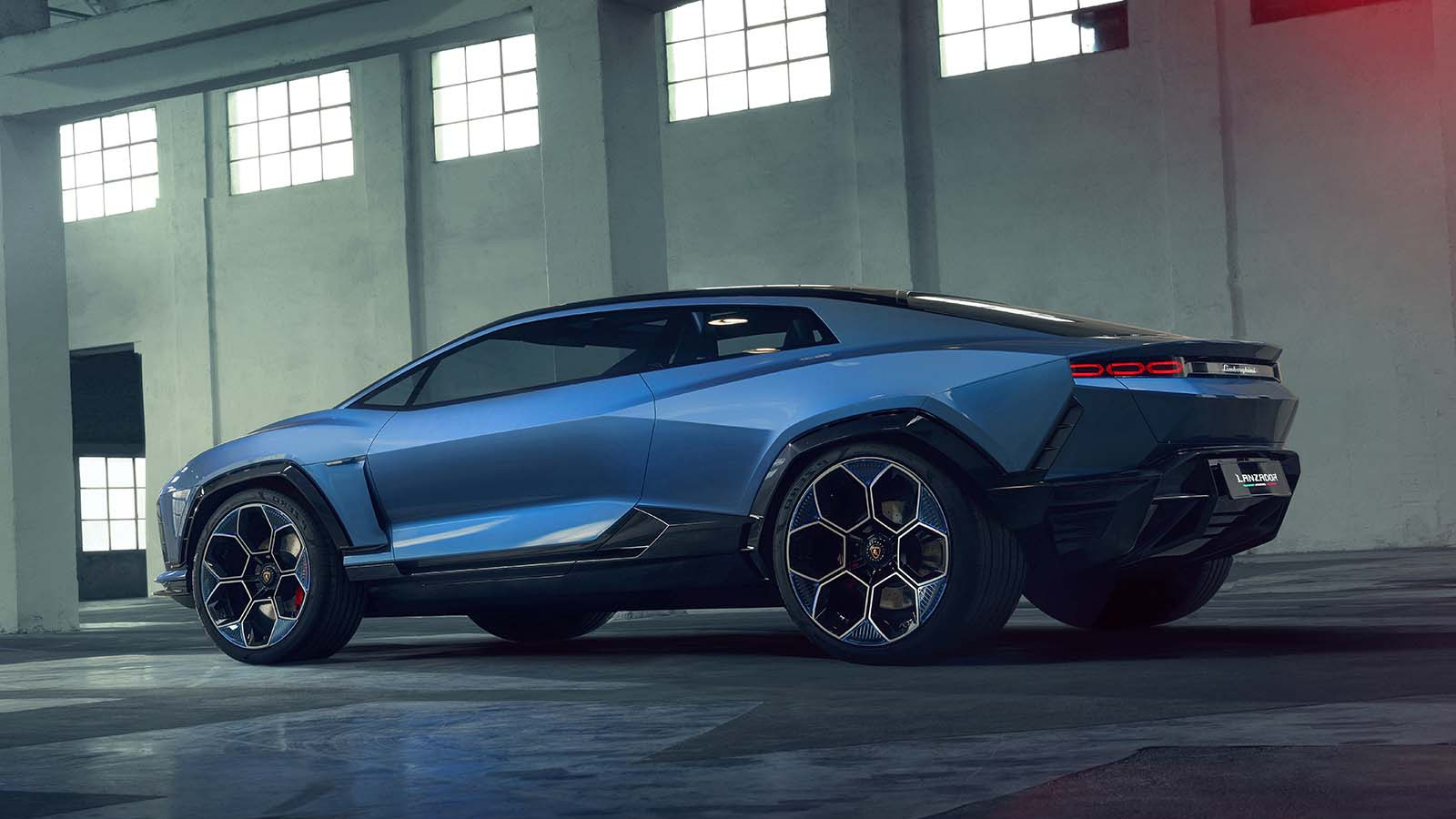 © Lamborghini
© Lamborghini -
 © Lamborghini
© Lamborghini -
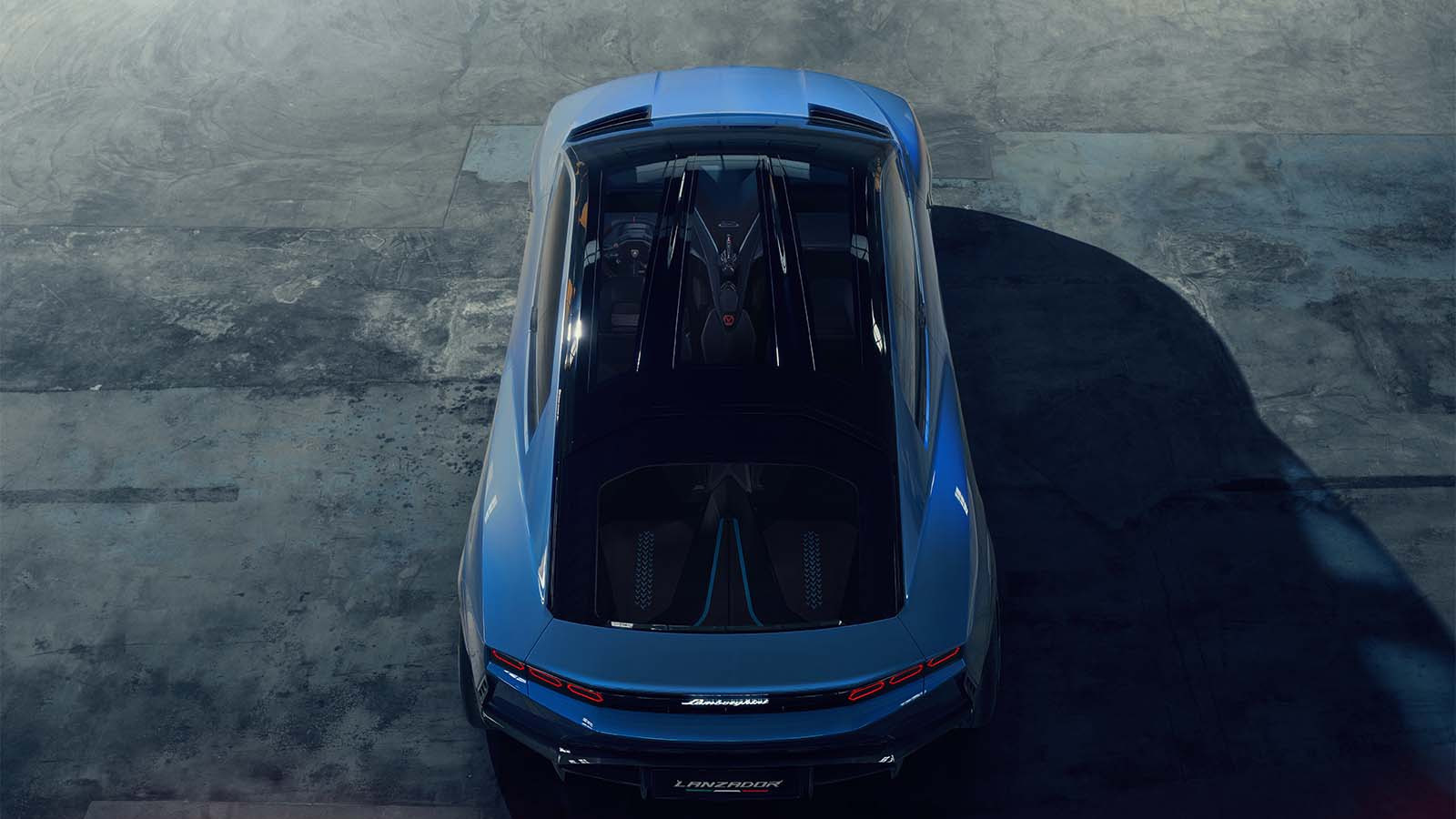 © Lamborghini
© Lamborghini -
 © Lamborghini
© Lamborghini -
 © Lamborghini
© Lamborghini -
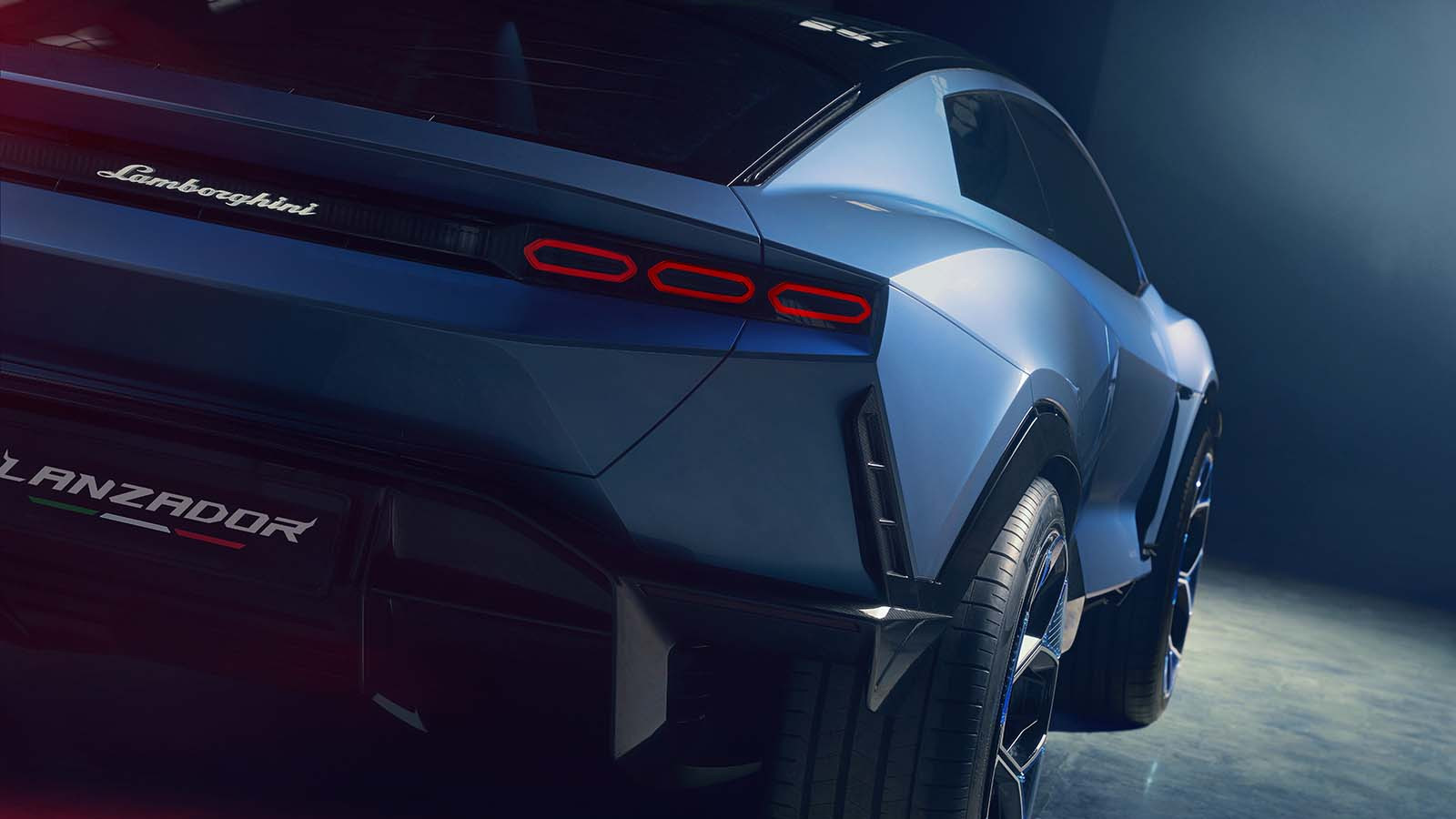 © Lamborghini
© Lamborghini -
 © Lamborghini
© Lamborghini -
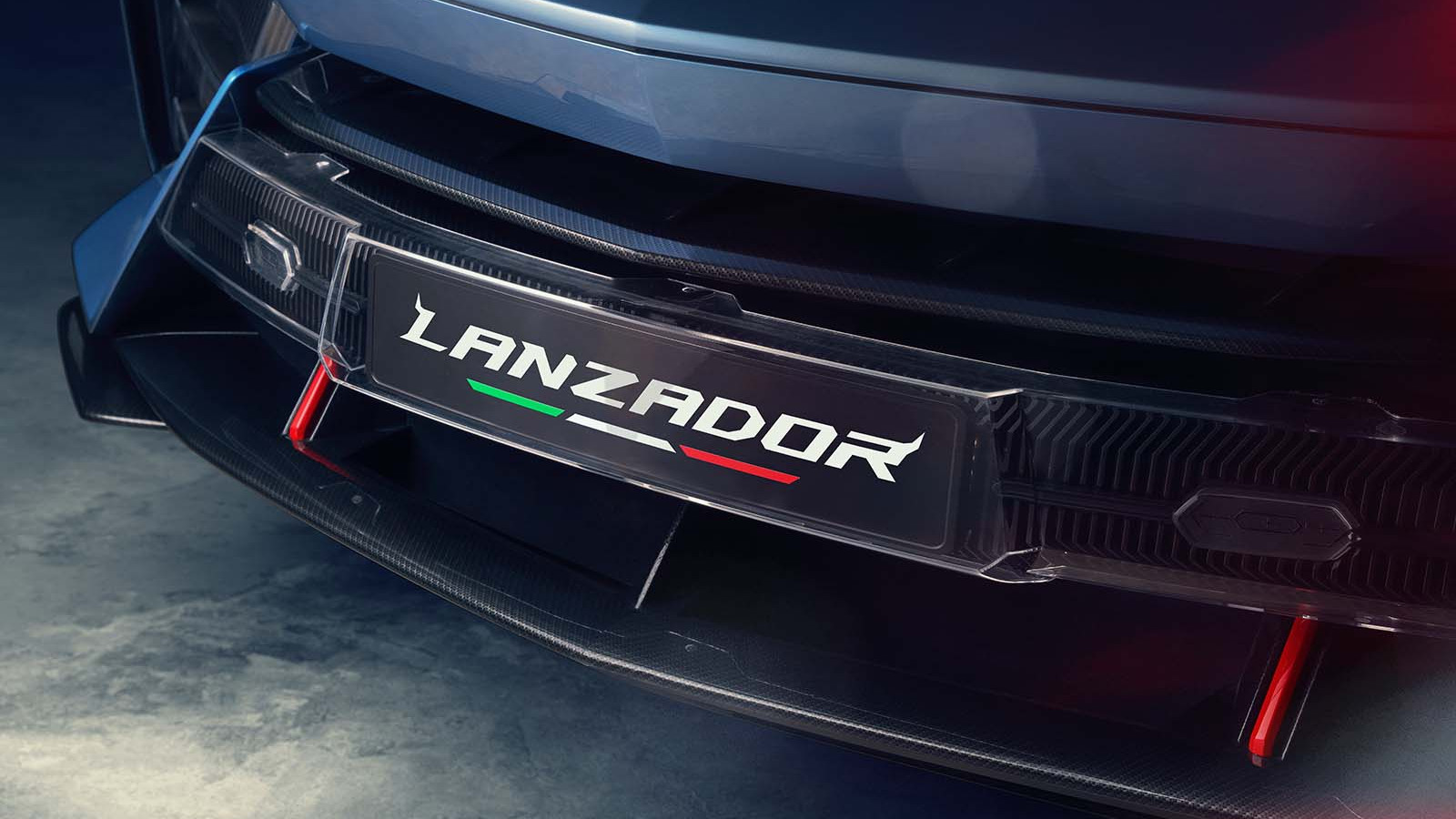 © Lamborghini
© Lamborghini -
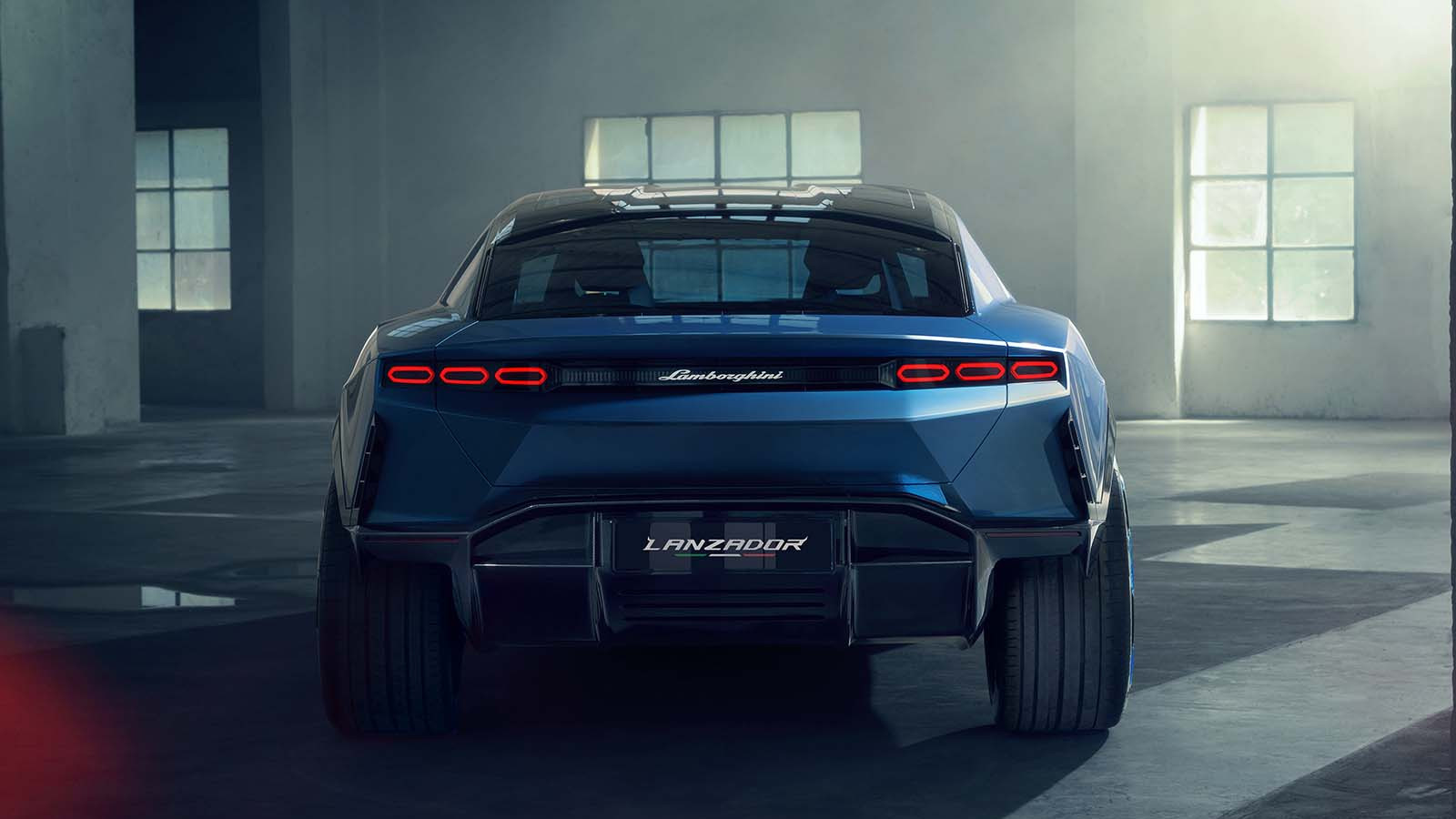 © Lamborghini
© Lamborghini -
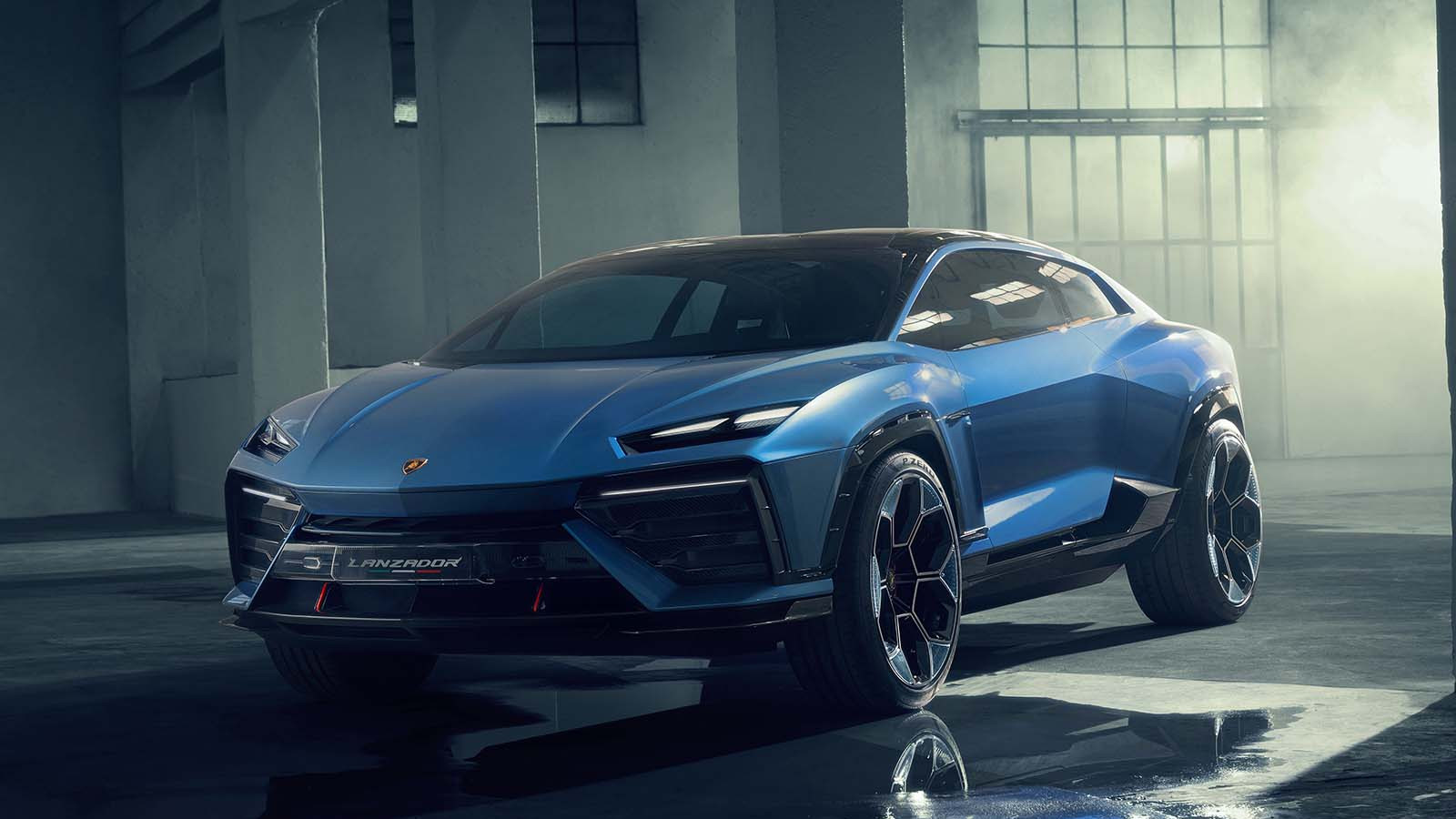 © Lamborghini
© Lamborghini -
 © Lamborghini
© Lamborghini -
 © Lamborghini
© Lamborghini -
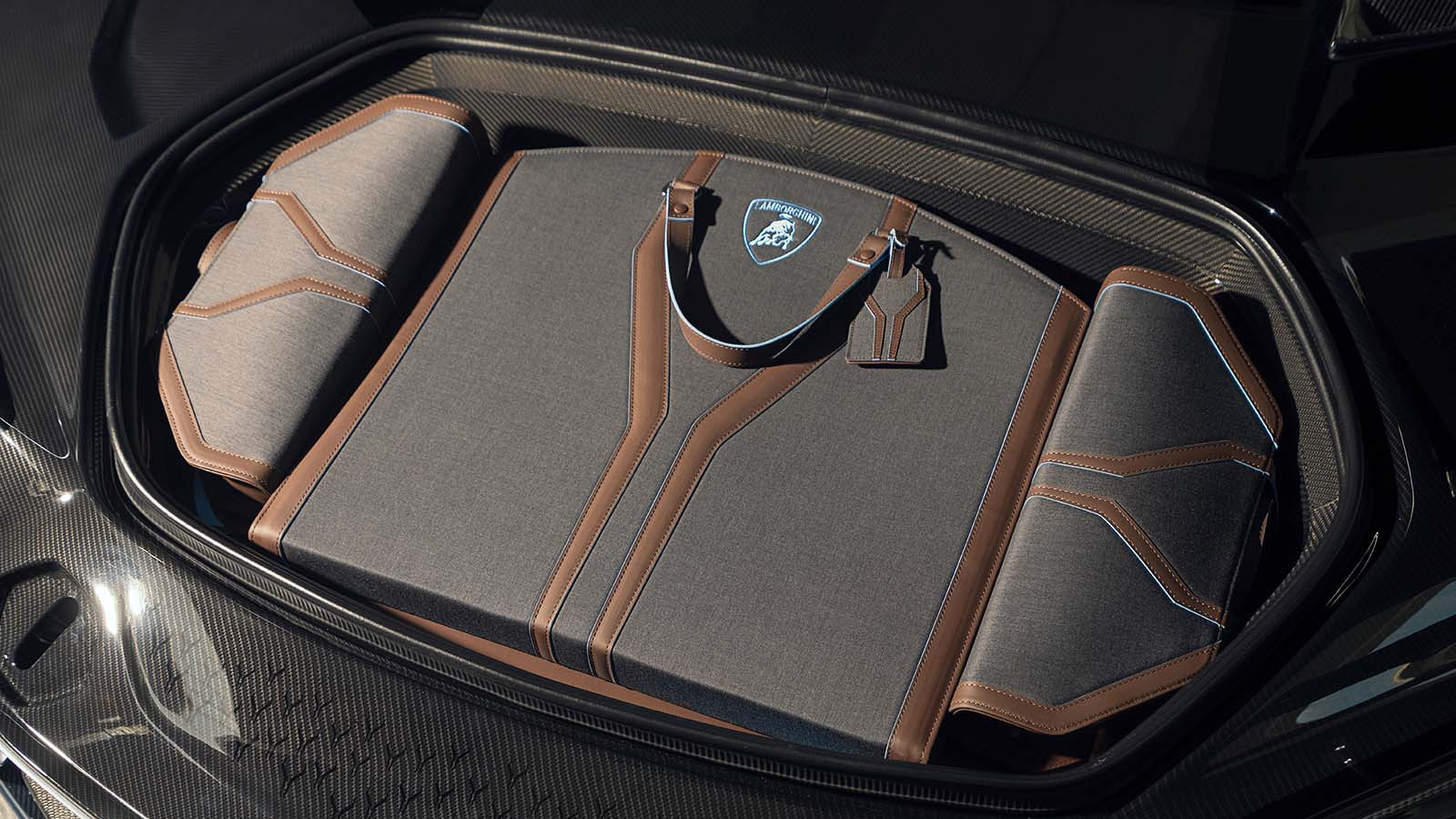 © Lamborghini
© Lamborghini -
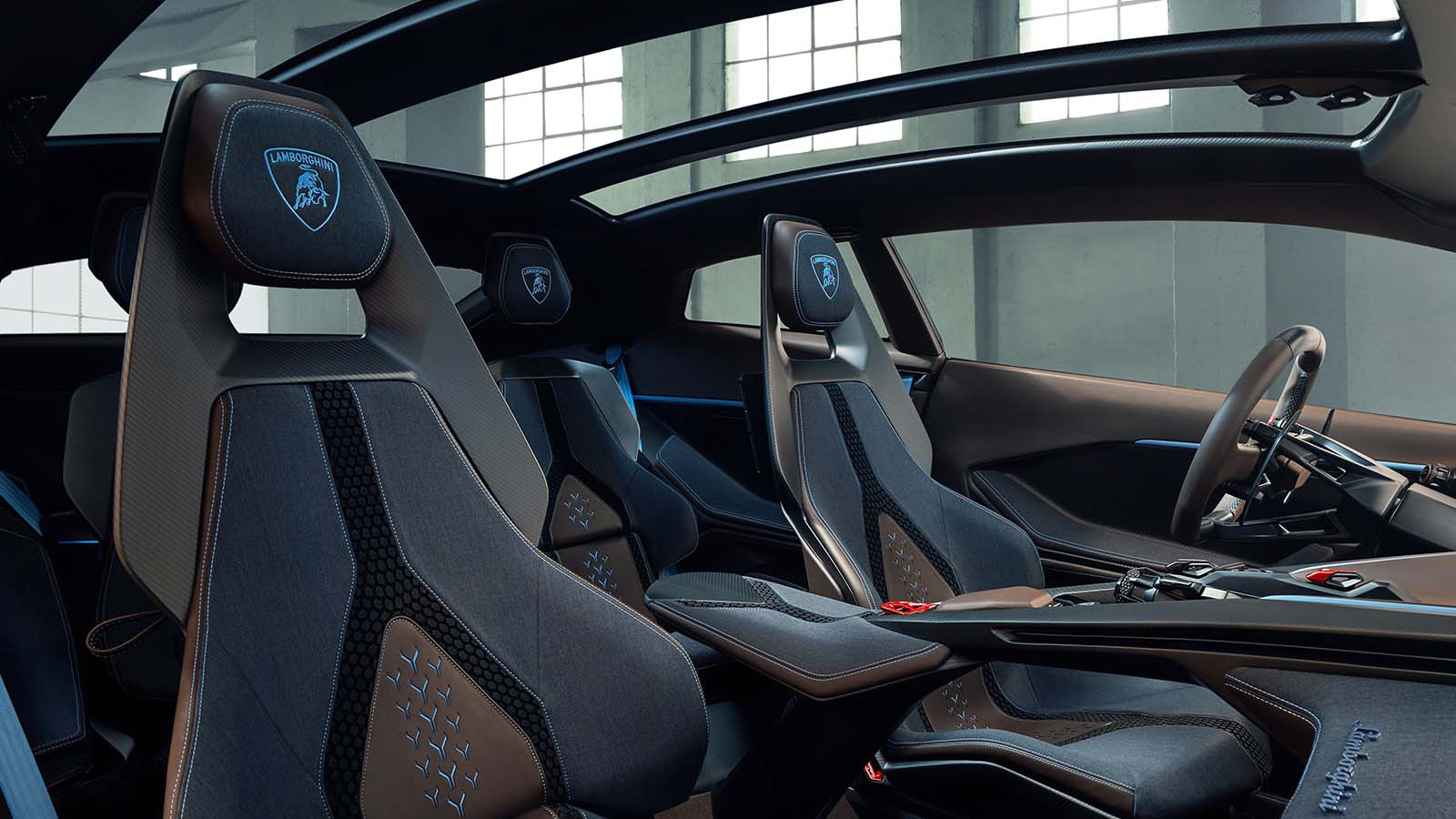 © Lamborghini
© Lamborghini -
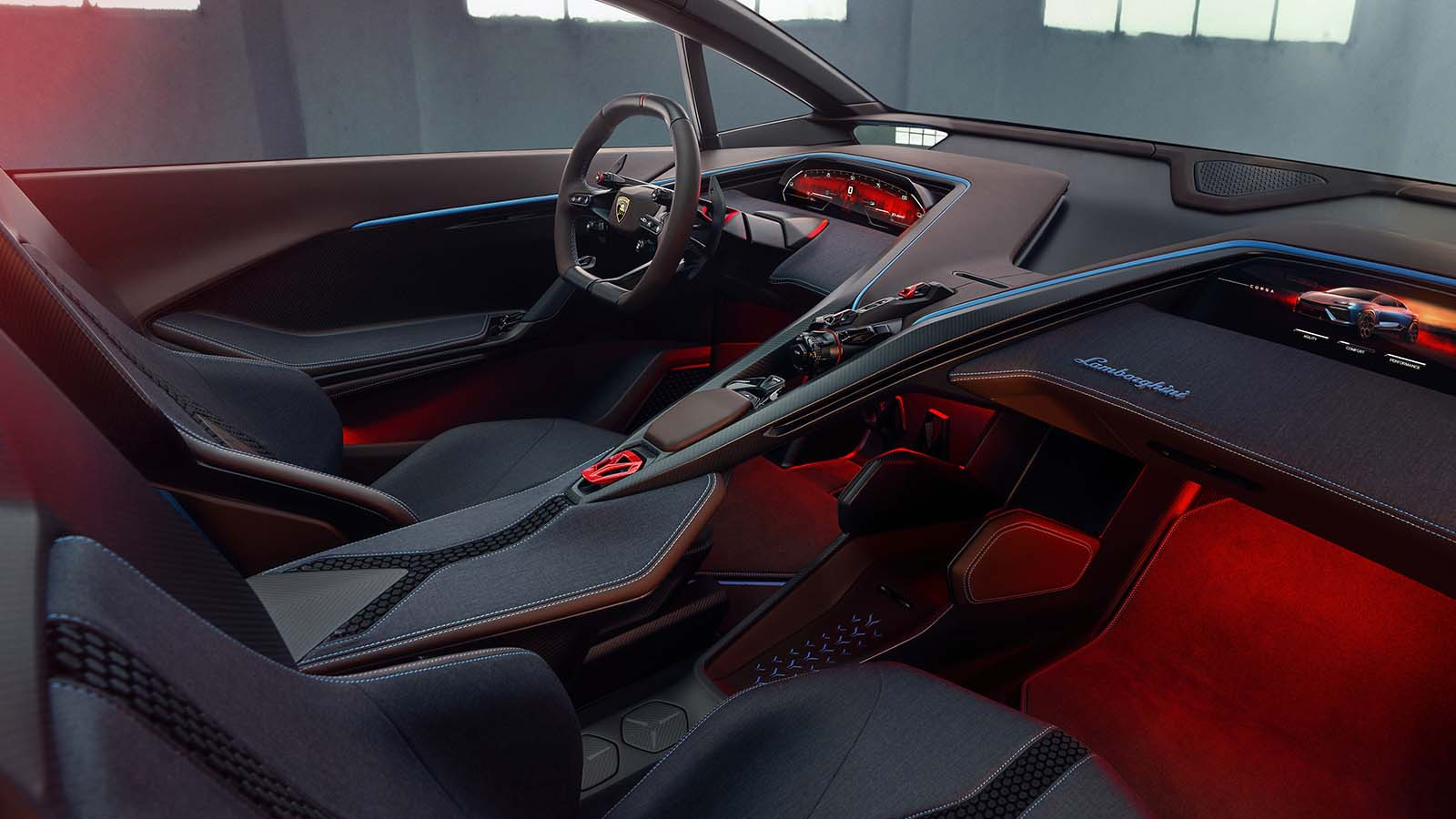 © Lamborghini
© Lamborghini -
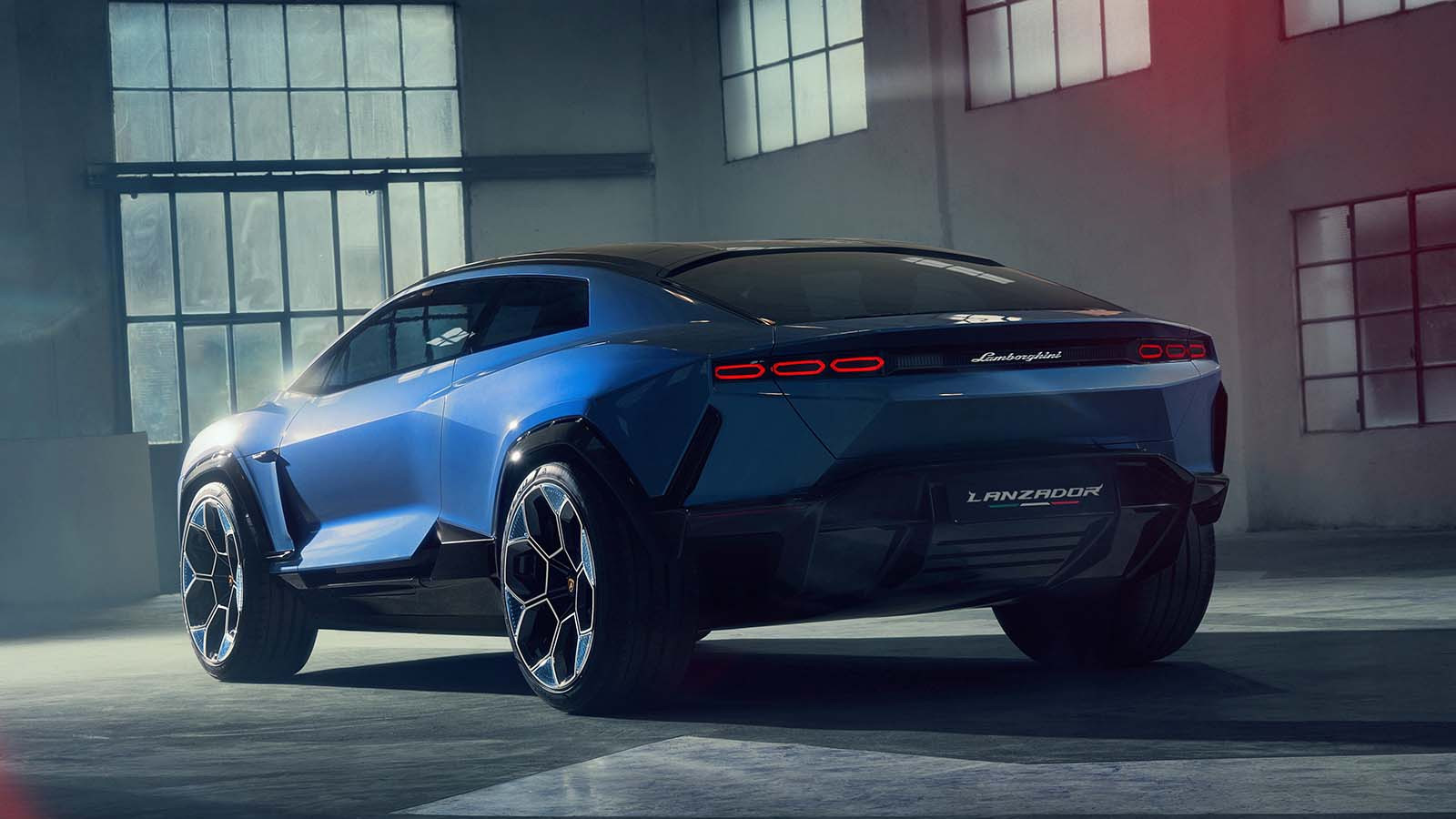 © Lamborghini
© Lamborghini -
 © Lamborghini
© Lamborghini
-
Lamborghini has kick-started its electric revolution with the Lanzador, a high-riding 2+2 EV concept that previews a future electric production car that will arrive in 2028 and “stay true” to the brand’s “unmistakable DNA”.
-
The firm’s long-awaited fourth model-line will be joined by an electric replacement to the Lamborghini Urus in 2029. These will sit alongside the hybrid Revuelto supercar and the hybrid successor to the Huracan.
-
Lamborghini’s new machine has taken design inspiration from the Urus SUV and Sián hypercar, and has some cues to the silhouette of the 2008 Estoque saloon which didn’t make production.
A limited number of Lanzadors will be sold, in a similar way to the Sián hypercar which showcased the technology which will feature in the new Lamborghini Revuelto.
-
The Lanzador concept features an electric motor on each axle for permanent all-wheel-drive and active torque vectoring for “dynamic cornering behaviour”.
-
While Lamborghini is yet to reveal specific details on the battery, it has said that the Lanzador will use a high-performance battery that will offer a long range, adding that there will be “no compromises” in terms of power, driving pleasure and performance.
-
Alongside the battery and motor hardware, Lamborghini plans to differentiate itself with active-control systems, with the firm’s chief technical officer, Roven Mohr, highlighting that Lamborghini’s integrated driving dynamics control would be taken “to a whole new level”.
He said: “Finding the right balance between power, performance, range and aerodynamics is certainly one of the biggest challenges during development, but challenge is a cornerstone within Lamborghini R&D.”
-
The newly-developed Lamborghini Dinamica Veicolo Integrata (LDVI) dynamics control system is showcased for the first time on the Lanzador, but is set to gain more sensors and actuators by the time the EV enters production.
This is to ensure that even more feedback and data is sent to the car’s control system to fine tune the driving experience and to give the driver more freedom to customise how the car feels from behind the wheel.
-
Active aerodynamics will also play a significant role in Lamborghini’s future battery electric cars, helping to improve both performance and range.
The firm says that the downforce for higher cornering speeds and the lowest possible air resistance at top speed can be adjusted on the Lanzador for the best possible performance.
-
The system is an evolution of the brands ALA (Aerodinamica Lamborghini Attiva) systems used by the Huracan Performanté and Aventador SVJ. The new system is designed to offer the best efficiency in Urban mode and the best downforce in Performance mode.
-
The front apron houses the active aerodynamics: a front air shutter and moveable split can open to cool the brakes, while an S-duct moves works alongside concealed louvres to move air around and underneath the car depending on the mode the car is set to.
At the rear of the Lanzador, the narrow airblades can extend out of the side and from the diffuser to improve downforce.
-
An active chassis adds a steerable rear axle and air suspension, with the Lanzador capable of turning itself to the driving conditions.
Wheelspeed Control helps to regulate the power and force that is sent to each wheel to help improve the car’s behaviour on more demanding roads and works alongside the Lanzador’s torque vectoring system.
-
Move inside and the outlandish aesthetic of the Lanzador is continued. There are a pair of digital displays with an instrument panel in front of the driver and an infotainment screen in front of the passenger.
The starter button, akin to that of fighter-jet, sits in on a new raised carbonfibre centre console.
-
Thin bucket seats feature in the front, while the pair of rear seats can be folded over their bases to increase cargo space.
-
Other practical elements include a hatchback boot, and a frunk capable of accommodating a bespoke set of overnight bags.
-
Sustainability is another key element of the Lanzador, with Lamborghini showcasing some new techniques for its interior. The leather, for example, is tanned using waste water from olive oil production.
-
All the materials inside the car have been made in Italy, with the Lanzdaor’s Merino Wool - which covers the dashboard, seats and door panel, sewn together using recycled nylon and plastic, while the seat foam is made from recycled fibres.
-
The Italian marque announced it would develop high performance electric models two years ago and plans to electrify its entire product range by the end of 2024, with the company set to invest €1.9 billion over the next four years in electric and hybrid technology – that's the largest investment in the history of Lamborghini.
-
The series production electric car based on the Lanzador will be built at the firm's Sant'Agata Bolognese factory in Italy, with Lamborghini set to expand the site and hire more employees.
